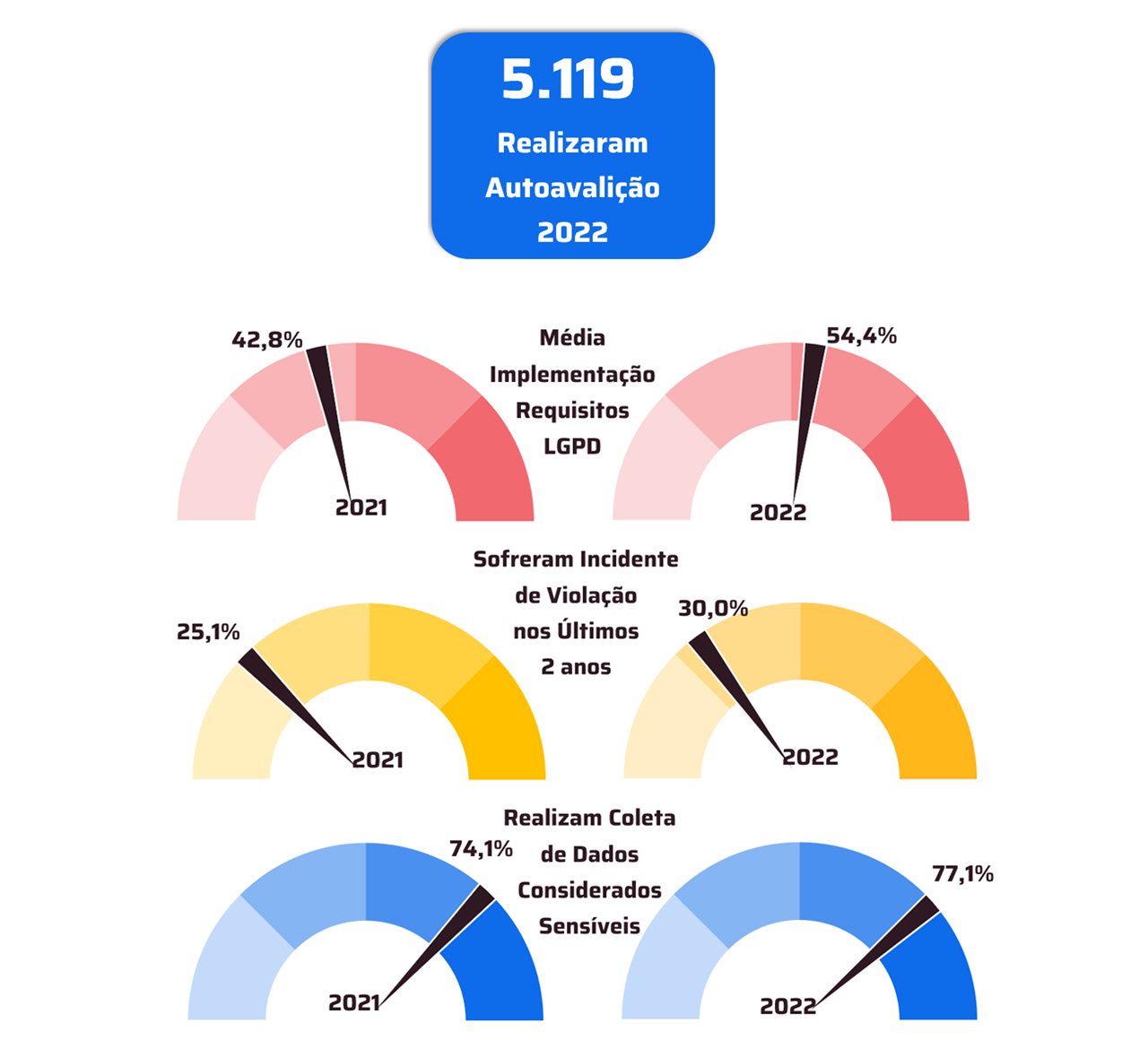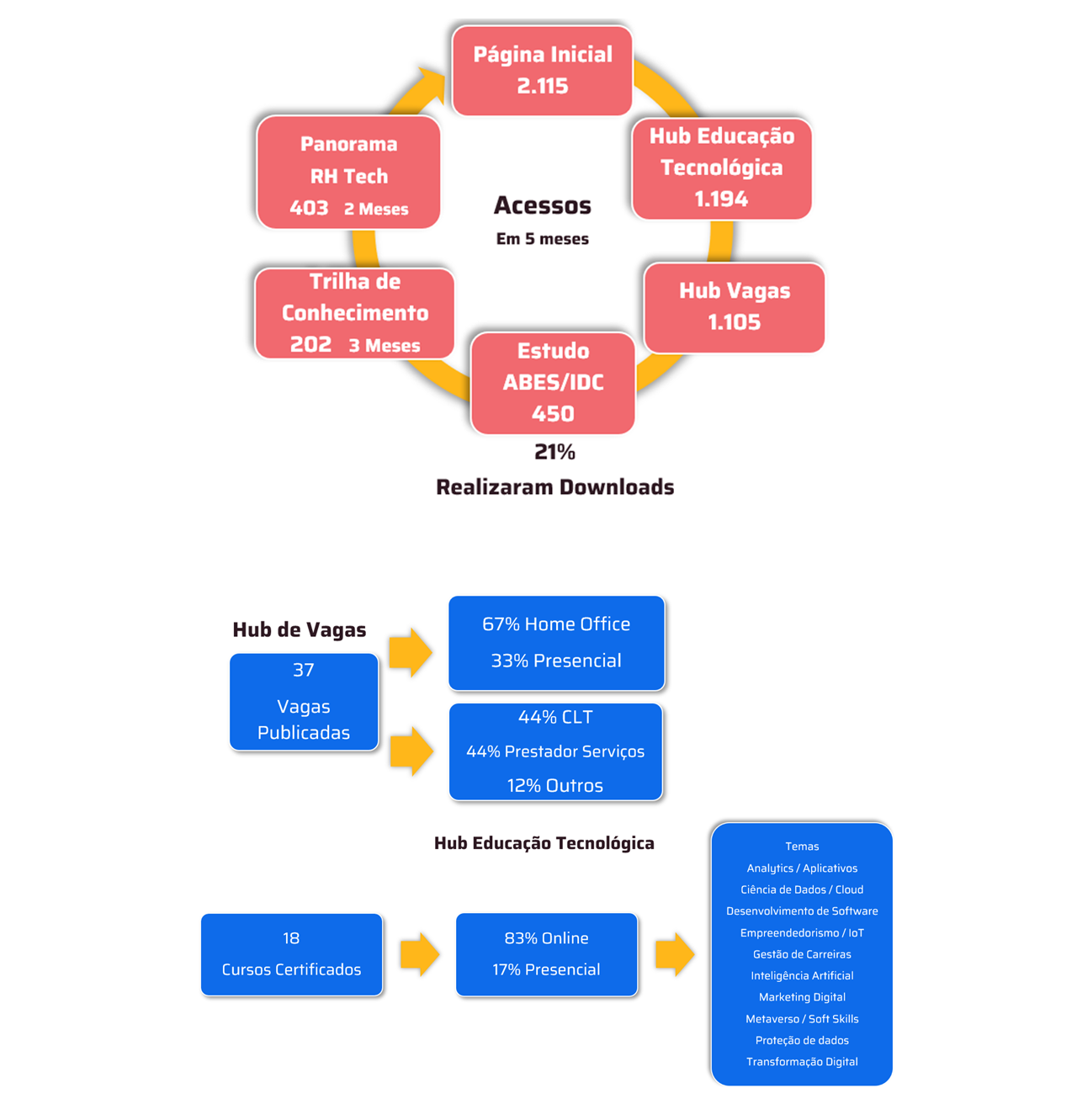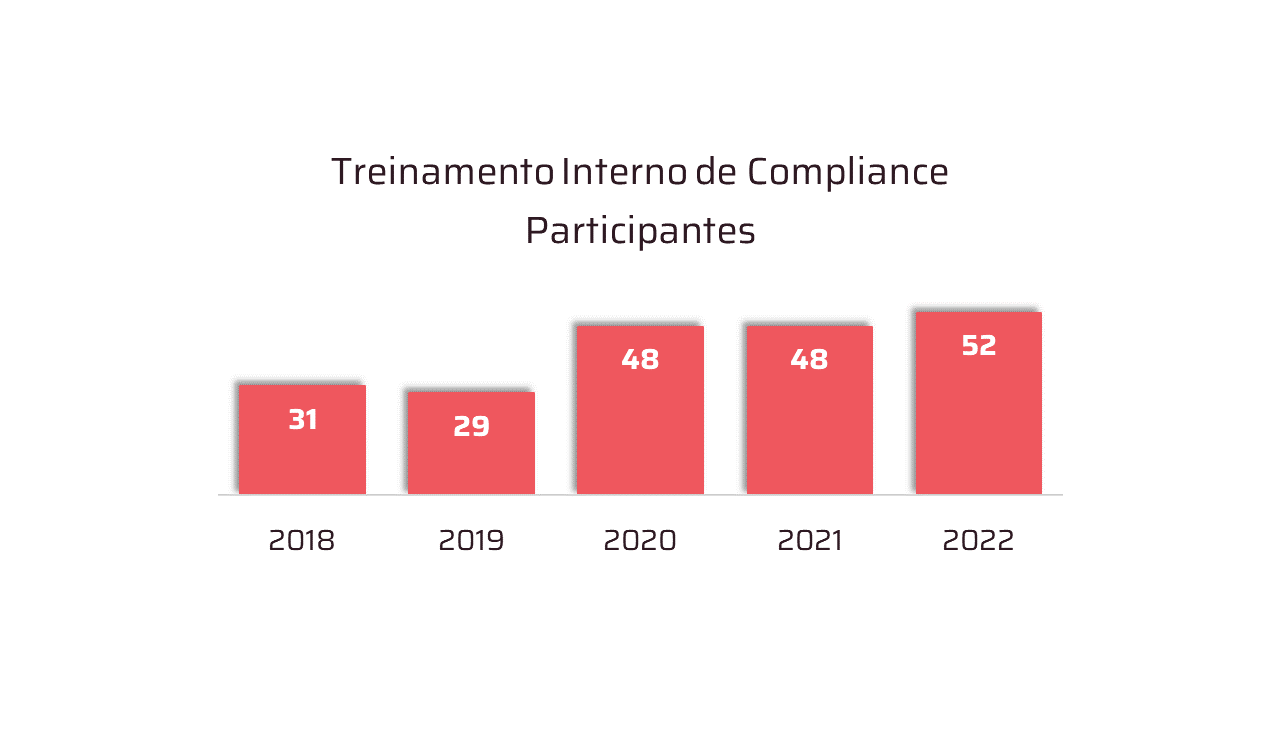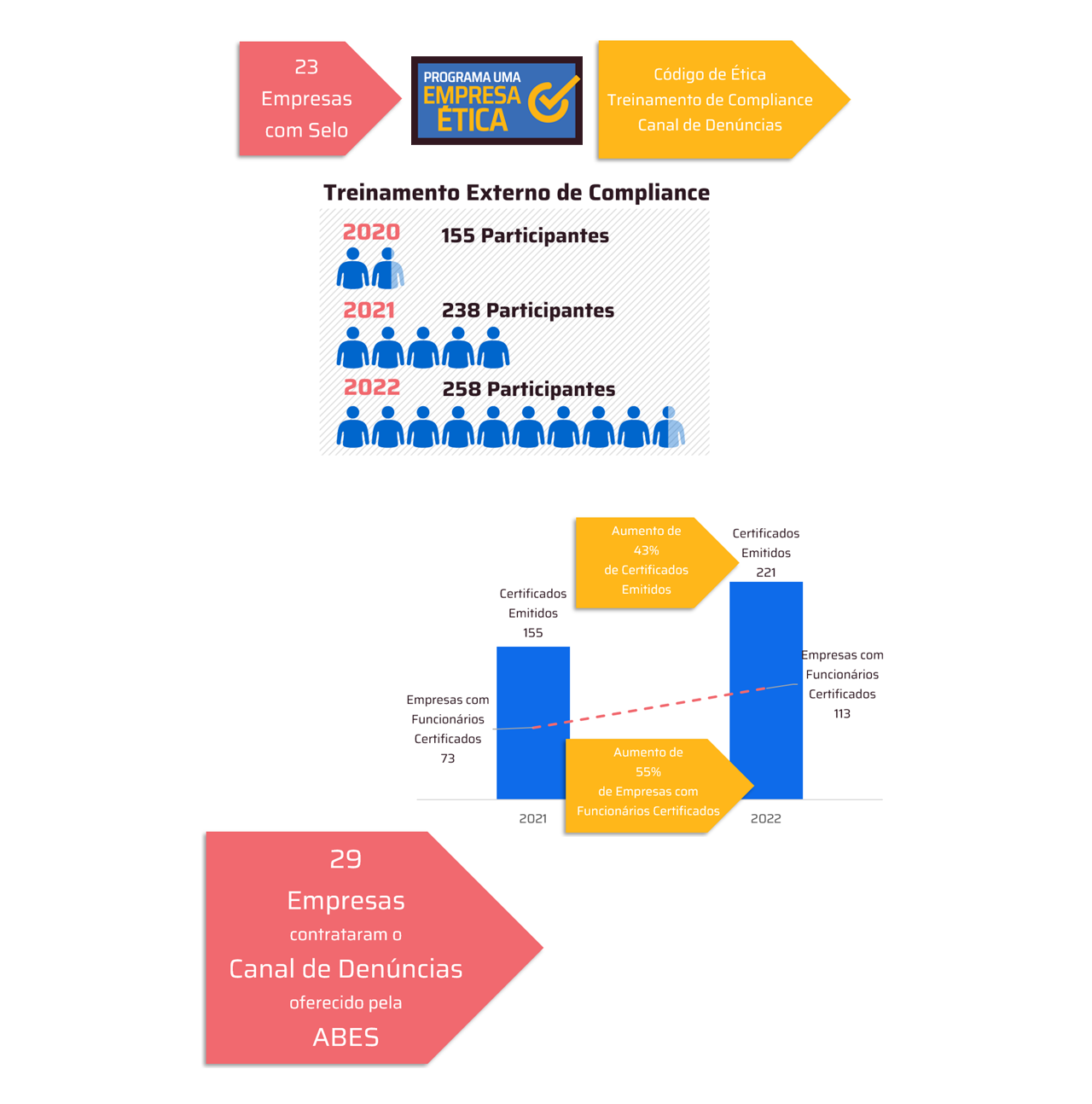 *By Edsel Simas
*By Edsel Simas
Neglecting IT governance creates silent vulnerabilities that only become apparent during crises. From an operational perspective, the lack of controls results in downtime and frequent interruptions. Gartner studies estimate that one hour of downtime costs an average of US$1,000,000, and companies suffer 87 hours of downtime per year, accumulating annual losses of up to US$1,000,000 from unplanned outages alone.
Furthermore, without governance, inefficiencies and unnecessary expenses proliferate—for example, approximately 30% of cloud spending is wasted on idle or oversized resources when poorly managed, money that could be reinvested in the business. On the financial side, the losses from IT incidents can be catastrophic and often underestimated.
A data breach or security breach not only entails remediation costs, but also a loss of revenue and trust: in Brazil, the average cost of a data breach reaches R$6.75 million, including regulatory fines, customer loss, and operational disruption. In sectors such as retail, where consumer trust is crucial, attacks already cost an average of US$3.91 million per incident, an increase of R$181,300 in 2024 compared to the previous year.
Hidden risks
The lack of a solid IT governance structure creates room for recurring failures that directly compromise efficiency, security, and operational continuity. Among the most common is weak access controls. It's still quite common to find critical systems protected only by simple logins and passwords, without multifactor authentication or privilege segregation policies. It's estimated that more than half of companies still rely exclusively on basic credentials to access sensitive applications, exposing the organization to unauthorized access and breaches.
Another structural problem is the lack of formalized SLAs and effective monitoring mechanisms. Without clear agreements and consistent metrics, IT loses the ability to track deadlines, identify bottlenecks, and maintain service predictability. This helps explain why nearly half of companies with distributed operations report difficulties in maintaining agreed service levels, leading to delays, rework, and loss of trust among business areas.
Poor asset management is also a classic symptom of a lack of governance. Outdated, out-of-stock, or unsupported equipment and software become vulnerable points and constant sources of failure. Without mature processes for version control, patching, and lifecycle management, risks silently accumulate until they materialize into critical incidents.
Why governance needs to be treated as a strategic priority
Structuring IT governance doesn't mean bogging the department down with bureaucracy. Quite the opposite: it's about creating mechanisms that provide predictability, control, and agility to deal with technological complexity. Frameworks like COBIT, ITIL, and ISO 38500 help design this framework, defining clear processes, roles, indicators, and decision flows. Change management, for example, no longer relies on the memory of a single analyst and becomes traceable and auditable.
Similarly, the use of well-defined SLAs, SLIs, and SLOs allows service performance to be measured and continuously improved. According to a recent survey, 76% of companies that adopted active service level management were able to reduce critical incidents and increase availability in essential systems. Furthermore, automation and observability tools help anticipate failures, address deviations before they become violations, and ensure operational integrity in real time.
Companies that operate with mature digital governance not only reduce risks: they increase their ability to innovate safely. When IT is reliable, predictable, and auditable, it ceases to be perceived as a cost center and becomes an ally of corporate strategy. The department can demonstrate return on investment, align initiatives with business objectives, and, most importantly, protect operations against failures that directly affect the company's cash flow and reputation.
In a scenario where technological disruptions can compromise millions and where digital trust has become a criterion for competitiveness, there's no longer room for improvisation. IT governance isn't a "plus" for advanced companies—it's a prerequisite for operating securely, efficiently, and with a long-term vision.
*Edsel Simas, Chief Technology Officer at Setrion Software
Notice: The opinion presented in this article is the responsibility of its author and not of ABES - Brazilian Association of Software Companies

















